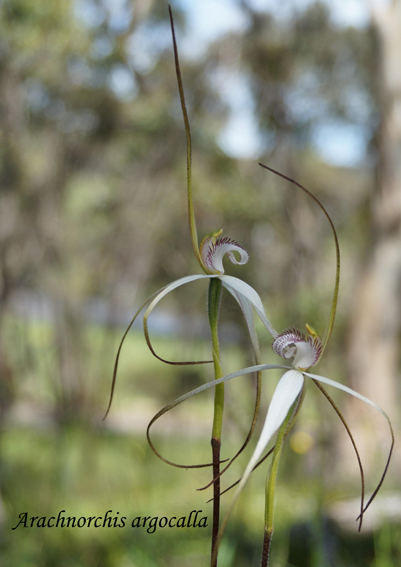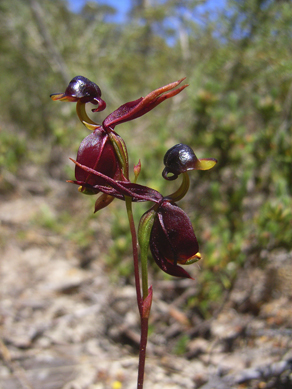For the final meeting of the year we chose the best of the 2016 monthly winners of the picture competition.
Here in Australia we are fortunate to have such a variety of orchids. They may not be as big and showy as some of the overseas orchids but the diversity of shapes fires the imagination as reflected in this year’s monthly winners, when put together. The common names of the winners – spider, leopard, flying duck, cowslip, zebra, helmet, bluebeard and greenhood – reinforce this theme of diversity.
Patterns and colours contribute to the variety of our orchids. Australian orchid colours run the gamut of the rainbow and more, with Australia being home to most of the naturally occurring blue orchids in the world. This colour fascinates and allures people around the world so much so that nurseries will dye a white orchid blue because it will sell. There is even a website devoted to the colour called, not surprisingly, Blue Orchid and the popular band master Glenn Miller wrote a song titled Blue Orchids (1944).
Could this be why the very clear winner for the year was Claire Chesson’s Pheladenia deformis common name Bluebeard or Blue Fairy?

Claire Chesson on your most beautiful picture.
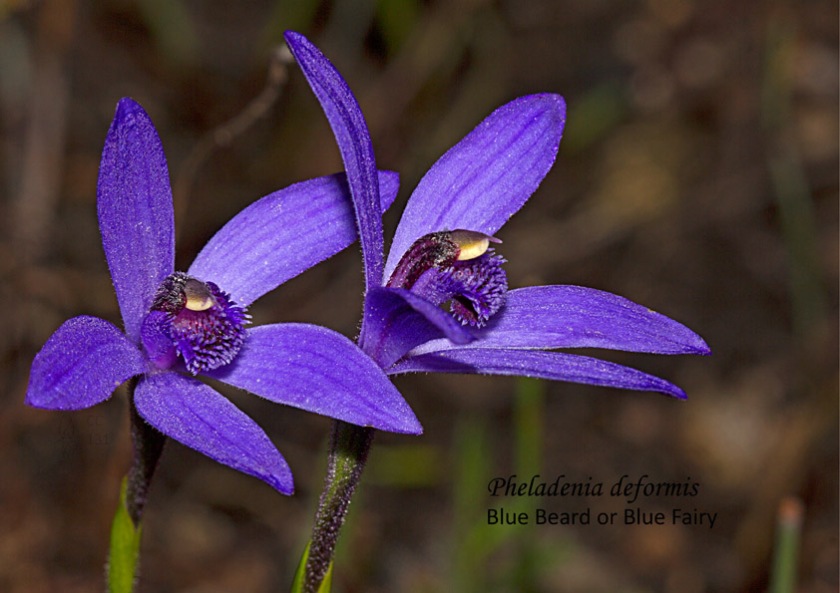
Claire won the August competition.
As a reminder, below are the other winners for the year. Click on the image to see the related articles.
February 2016 Photographer: Pauline Meyers

March 2016 Photographer: Judy Sara
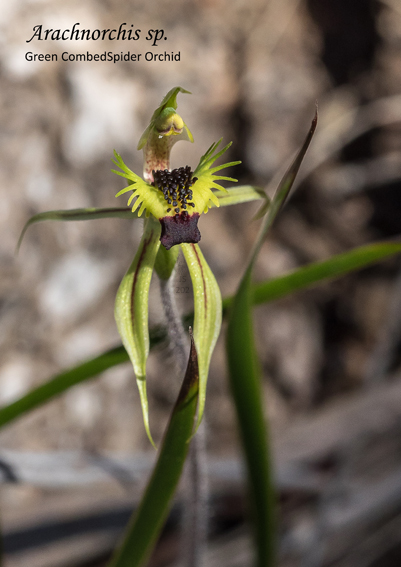
April 2016 Photographer: Claire Chesson
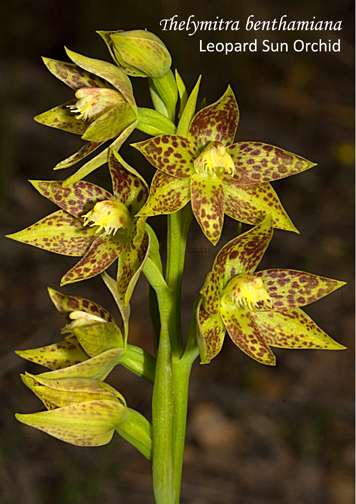
May 2016 Photographer: Pauline Meyers
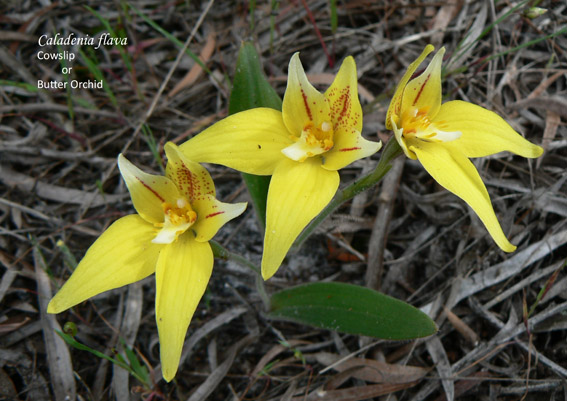
2016 June Photographer: Ros Miller
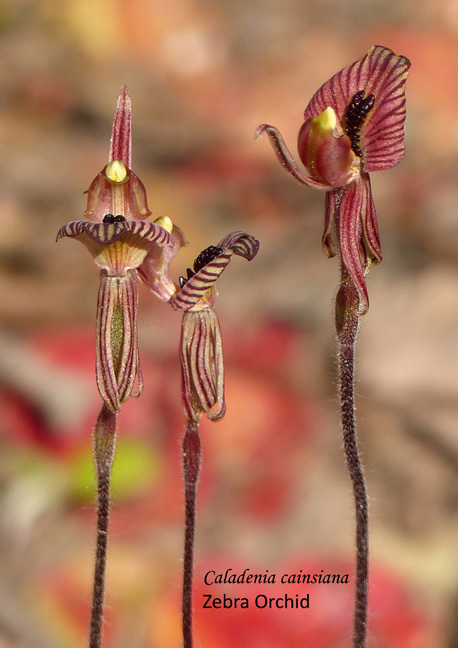
2016 July Photographer: Robert Lawrence
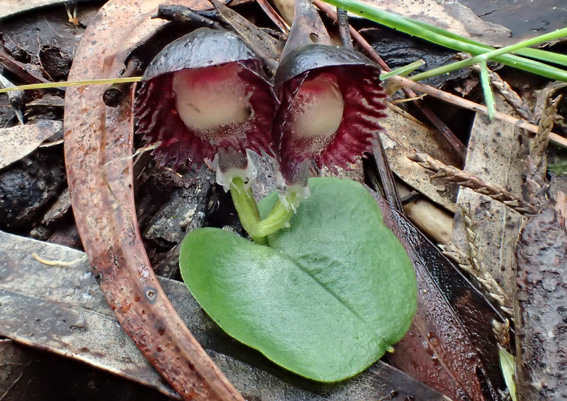
2016 September Photographer: Bevin Scholz
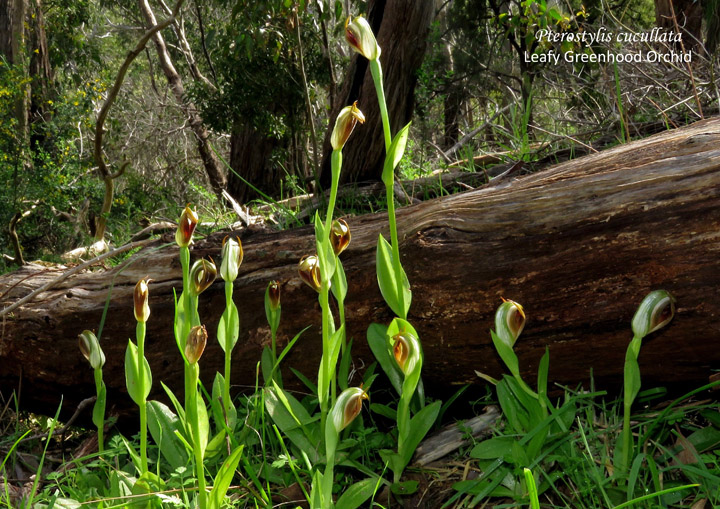
2016 October Photographer: Helen Lawrence


